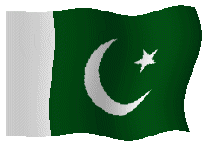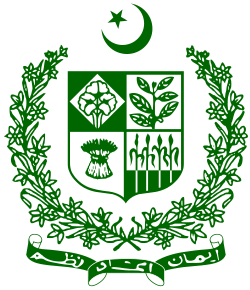 |
||||||
|---|---|---|---|---|---|---|
| ||||||
| |
|---|
| |
| |
| |
| |
| |
| |
| |
| |
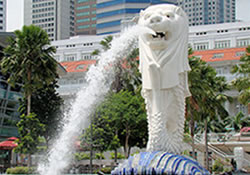 |
|---|
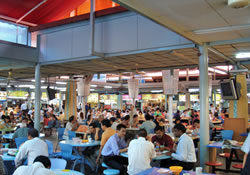 |
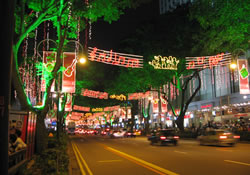 |
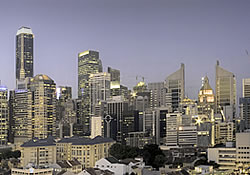 |
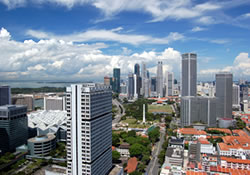 |
About SingaporeSingapore, officially the Republic of Singapore, is an island city-state located at the southern tip of the Malay Peninsula. Singapore, a microstate and the smallest nation in Southeast Asia, is by orders of magnitude larger than Monaco, San Marino, Andorra and Vatican City, the only other surviving sovereign city-states. Before European settlement, the island now known as Singapore was the site of a Malay fishing village at the mouth of the Singapore River. Several hundred indigenous Orang Laut people also lived along the nearby coast, rivers and on smaller islands. In 1819, the British East India Company, led by Sir Stamford Raffles, established a trading post on the island, which was used as a port along the spice route. Singapore became one of the most important commercial and military centres of the British Empire, and the hub of British power in Southeast Asia. Geography & ClimateSingapore consists of 63 islands, including mainland Singapore. There are two man-made connections to Johor, Malaysia — Johor-Singapore Causeway in the north, and Tuas Second Link in the west. Jurong Island, Pulau Tekong, Pulau Ubin and Sentosa are the largest of Singapore's many smaller islands. The highest natural point of Singapore is Bukit Timah Hill at 166 m (545 ft). Singapore has a tropical rainforest climate with no distinctive seasons. Its climate is characterized by uniform temperature and pressure, high humidity, and abundant rainfall. Temperatures range from 22 °C to 34 °C (72° to 93 °F). On average, the relative humidity is around 90% in the morning and 60% in the afternoon. During prolonged heavy rain, relative humidity often reaches 100%. The lowest and highest temperatures recorded in its maritime history are 19.4 °C (66.9 °F) and 35.8 °C (96.4 °F) respectively. June and July are the hottest months, while November and December make up the wetter monsoon season. From August to October, there is often haze, sometimes severe enough to prompt public health warnings, due to bushfires in neighbouring Indonesia. Singapore does not observe daylight saving time or a summer time zone change. The length of the day is nearly constant year round due to the country's location near the equator. About 23% of Singapore's land area consists of forest and nature reserves. Urbanisation has eliminated many areas of former primary rainforest, with the only remaining area of primary rainforest being Bukit Timah Nature Reserve. A variety of parks are maintained with human intervention, such as the Singapore Botanic Gardens. TourismSingapore is a popular travel destination, making tourism one of its largest industries. About 7.8 million tourists visited Singapore in 2006. The Orchard Road shopping district is one of Singapore's most well-known and popular tourist draws. To compete with regional rivals like Bangkok, Hong Kong, Tokyo and Shanghai, the government has announced that the city area would be transformed into a more exciting place by lighting up the civic and commercial buildings. Cuisine has also been heavily promoted as an attraction for tourists, with the Singapore Food Festival in July organised annually to celebrate Singapore's cuisine. Singapore is fast positioning itself as a medical tourism hub — about 200,000 foreigners seek medical care in the country each year and Singapore medical services aim to serve one million foreign patients annually by 2012 and generate USD 3 billion in revenue. The government expects that the initiative could create an estimated 13,000 new jobs within the health industries. CurrencyThe currency of Singapore is the Singapore dollar, represented by the symbol S$ or the abbreviation SGD. The central bank of Singapore is the Monetary Authority of Singapore, responsible for issuing currency. CultureSingapore is a mixture of an ethnic Malay population with a Chinese majority, as well as Indian and Arab immigrants. There also exist significant Eurasian and Peranakan (known also as 'Straits Chinese') communities. CuisineSingaporean cuisine is an example of diversity and cultural diffusion, with influences from Chinese, Indian, Malay and Tamil cuisine. In Singapore's hawker centres, traditionally Malay hawker stalls selling halal food may serve halal versions of traditionally Tamil food. Chinese food stalls may introduce indigenous Malay ingredients or cooking techniques. This continues to make the cuisine of Singapore a significant cultural attraction. Local foods are diverse, ranging from Hainanese chicken rice to satay. Singaporeans also enjoy a wide variety of seafood including crabs, clams, squid, and oysters. One such dish is stingray barbecued and served on banana leaf with sambal or chili. Amongst locals, popular dishes include bak chor mee, mee pok, sambal stingray, laksa, nasi lemak, chili crab and satay. All of which, can be found at local hawker centres around Singapore. Performing ArtsEsplanade, Theatres on the BaySince the 1990s, the government has been striving to promote Singapore as a centre for arts and culture, and to transform the country into a cosmopolitan 'gateway between the East and West'. The highlight of these efforts was the construction of Esplanade, a centre for performing arts that opened on 12 October 2002. An annual arts festival is also organised by the National Arts Council that incorporates theatre arts, dance, music and visual arts, among other possibilities. |
|---|
 |
|||||||||||||||||||||||||||||||||||||
|---|---|---|---|---|---|---|---|---|---|---|---|---|---|---|---|---|---|---|---|---|---|---|---|---|---|---|---|---|---|---|---|---|---|---|---|---|---|
|
|||||||||||||||||||||||||||||||||||||

